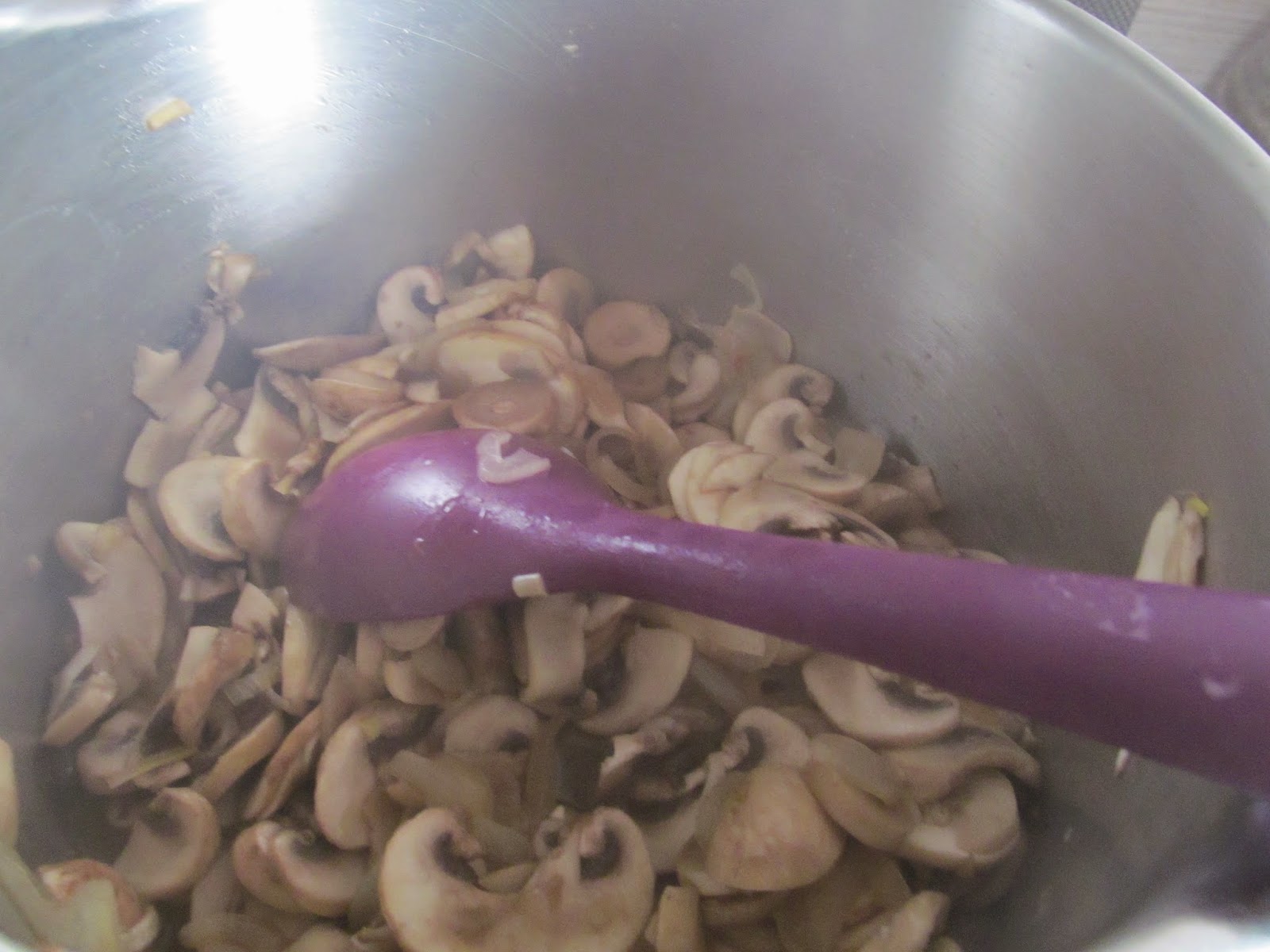This is a recipe from Two Greedy Italians aka Antonio Carluccio (my hero) and Gennaro Contaldo. I loved this programme, of course because of both their personalities but also because so much of the food was just so very honest and simple and tasty.
This recipe uses a lot of eggs - at the moment I am getting near enough 6 a day so I love recipes that are heavy on eggs.
Ingredients: 3 pints of milk (1.7 litres); 1 vanilla pod (I used a teaspoonful of vanilla paste); 1/2 lemon, zest only cut into large pieces (I used a zester and did not remove the lemon zest later); 7oz (200g) sugar; 10 1/2 oz arborio rice (300g); 5 large free range eggs, separated; 2floz (50ml) orange liqueur; 1 1/2 oz raisins (40g) I used double the amount and made half moscatel sultanas and half pre soaked dried figs (from Finca La Reina of course); 1 orange, zest only grated.
 |
| Dried figs chunks soaking |
Method: Preheat the oven to 180C and grease and line a 24cm (10 inch) loose bottomed cake tin with greaseproof paper. I actually forgot to grease the sides but I did cover the base with paper. It stuck to one tiny bit of the side of the tin, it could have been a lot worse... you should try not to forget to grease the tin.
Place the milk, vanilla pod (if using paste like me add it later when the mixture has cooled and you add the egg yolks), lemon zest and sugar into a large saucepan and bring to the boil. Add the rice and then lower the heat and simmer gently for about half an hour or until it resembles a nice thick creamy rice pudding. The original recipe says the rice should be al dente - or still have a little bite to it. Mine was well and truly cooked but it hasn't affected the finished cake.
Remove from the heat and leave to cool. At this point you should remove the vanilla pod (if using) and also the lemon zest chunks - unless they are nice and thin strips like mine were in which case I think its a matter of choice. I transferred the rice pudding to a bowl to help it cool and added the fruit.
The original recipe says to whisk the egg yolks and liqueur until creamy. I simply added them to the cool rice pudding along with the orange zest and orange liqueur and then stirred really well.
In another bowl, whisk the egg whites until stiff.
Then fold in the egg white and put into the tin.
This is simply a HUGE cake but don't worry if it comes right up to the top of your cake tin, it doesn't rise very much at all and shouldn't spill over.
Bake in the oven for one hour. When it first comes out of the oven you will see that it has risen quite a bit.
But it starts to collapse as soon as it begins to cool. That's what its supposed to do.
It can be served warm or cold sprinkled with a little orange zest (although it is already very rich I might add a dollop of cream too!)
Enjoy Enjoy Enjoy!


















































